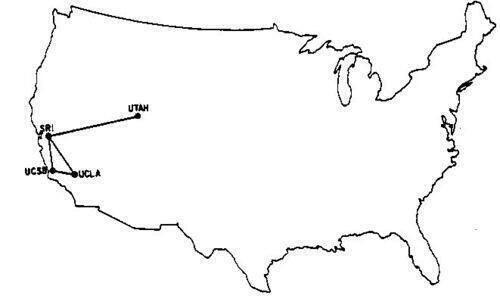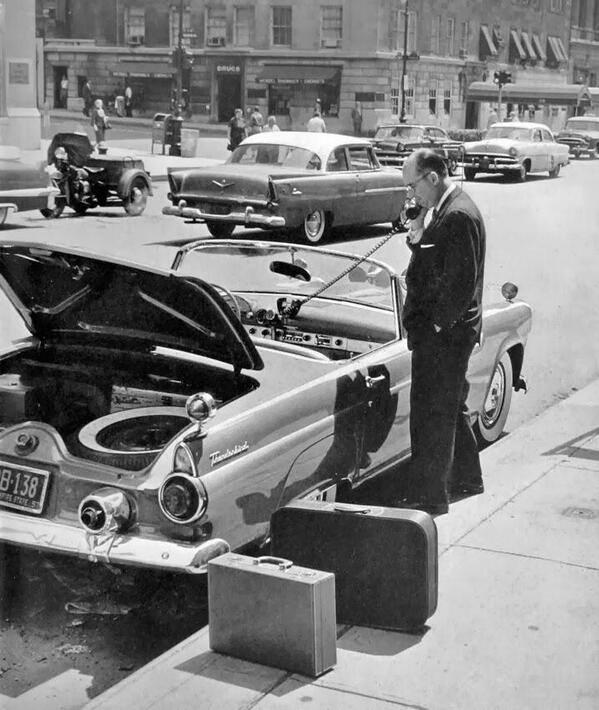What does one make of a business that encourages people not to use the key growth product the industry sells?
Perhaps the key growth product has a huge business model problem: if people really used it, the supplier couldn’t keep up with demand, and customers would become massively dissatisfied with both prices and experience.
Some might say that is precisely why mobile service providers encourage Wi-Fi offload: neither networks nor business models would survive actual usage of the product.
Consider the growing consumption of video on mobile networks. At some point, adding more capacity, in the form of spectrum, does not work. To be sure, mobile operators have other tools, including better air interfaces and more-intensive coding and small cell architectures.
Still, current mobile operator behavior continues to suggest there is a huge strategic issue here: the high-margin apps, such as messaging and voice, are being displaced by medium-margin Web browsing and transaction apps and a huge amount of low-margin video apps.
The problem actually is intensified as mobile networks introduce next generation networks. One constant in the mobile or fixed Internet access business is that when a faster network is made available, users consume more data.
Most observers would likely agree that the reason is better user experience. When content can be retrieved more quickly, people spend more time interacting with apps. That is the reason Google is so focused on encouraging faster Internet access.
And a new study conducted by JDSU’s Location Intelligence Business Unit suggests not only that LTE encourages more data consumption, but also dramatically increases the consumption of the heaviest users. Overall, heavy LTE users consume 10 times more data than similar heavy 3G users.
iPhone 5s users demand seven times as much data as the benchmark iPhone 3G users in developed markets, and twenty times as much data in developing markets, the study suggests.
Apple iPhone 5s users demand 20 percent more data than iPhone 5 users in developed markets and 50 percent more data in developing markets, the study suggests.
Samsung Galaxy S4 users generate five times as much data as iPhone 3G users in developed markets, and eleven times as much data in developing markets.
The extreme one percent of all users consume over half of the downlink data in both developing and developed markets.
LTE users are ten-times more extreme: 0.1 percent of all users consume over half of
the LTE downlink data.
In 2011, one percent of 3G users consumed half of the entire downlink data. In 2012 the findings were the same: one percent of 3G users still consumed about half of the data.
On the 4G LTE networks, 0.1 percent of 4G users consume more than half of the entire LTE downlink data: an order of magnitude smaller group of users.
“The faster the speeds that mobile operators provide, the more consumers swallow it up and demand more,” JDSU says.
Perhaps significantly, the study revealed that users in developed and developing markets had similar overall rankings in terms of smartphone data consumption, but also little use of data cards and dongles or tablet connections.


